Etching - Controlled ablation
Laser engraving is carried out by removing material layer by layer to obtain a 2D or 3D effect on all material types.
The characteristics of the etching - controlled ablation process:

Benefits
- Controlled ablation up to a few μm depth
- 3D part machining

Performance
- Roughness less than a few μm
- Tolerance of a few μm
- Accuracy of a few μm
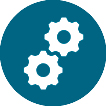
Throughput
Variable depending on the material and the pulse duration: on the order of a few mm3.min-1

Laser workstation
- IR, green or UV laser
- Femtosecond to nanoscale pulse
- Scanning systems
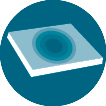
Condition surface
Final surface roughness up to 0.5 μm
Process sheet

Areas of application
- Texturing of injection moulds
- Watchmaking
- Stamping tools
Publications
Associated products or services
-
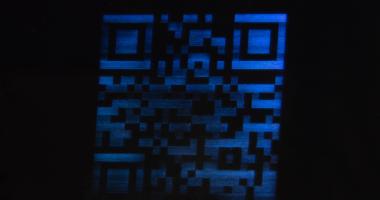
Selective ablation
The use of a specific pulse duration and/or suitable wavelength(s) makes it possible to work in a condition where the surface layer ablation threshold is lower than the substrate’s. -
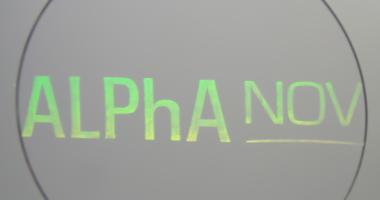
Machining of transparent materials
Cutting, welding, drilling and engraving of transparent materials with minimization of mechanical stress. Short or ultra-short pulse lasers allow transparent materials to be machined with or without removal of material and to modify their intra-volume physical properties. -
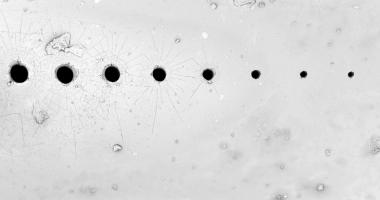
Laser drilling
Laser drilling makes it possible to create through or blind holes with variable shape and high aspect ratio, on all types of materials and thicknesses. -

Laser cutting
Laser cutting enables precision part production of all material types, even of transparent and hard materials such as SIC and diamond. -
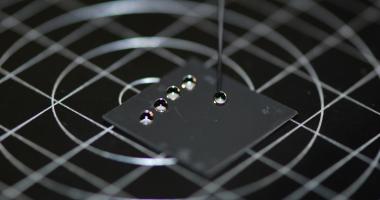
Surface engineering
Laser texturing and surface functionalization make it possible to create effects or generate new properties on all surface types.